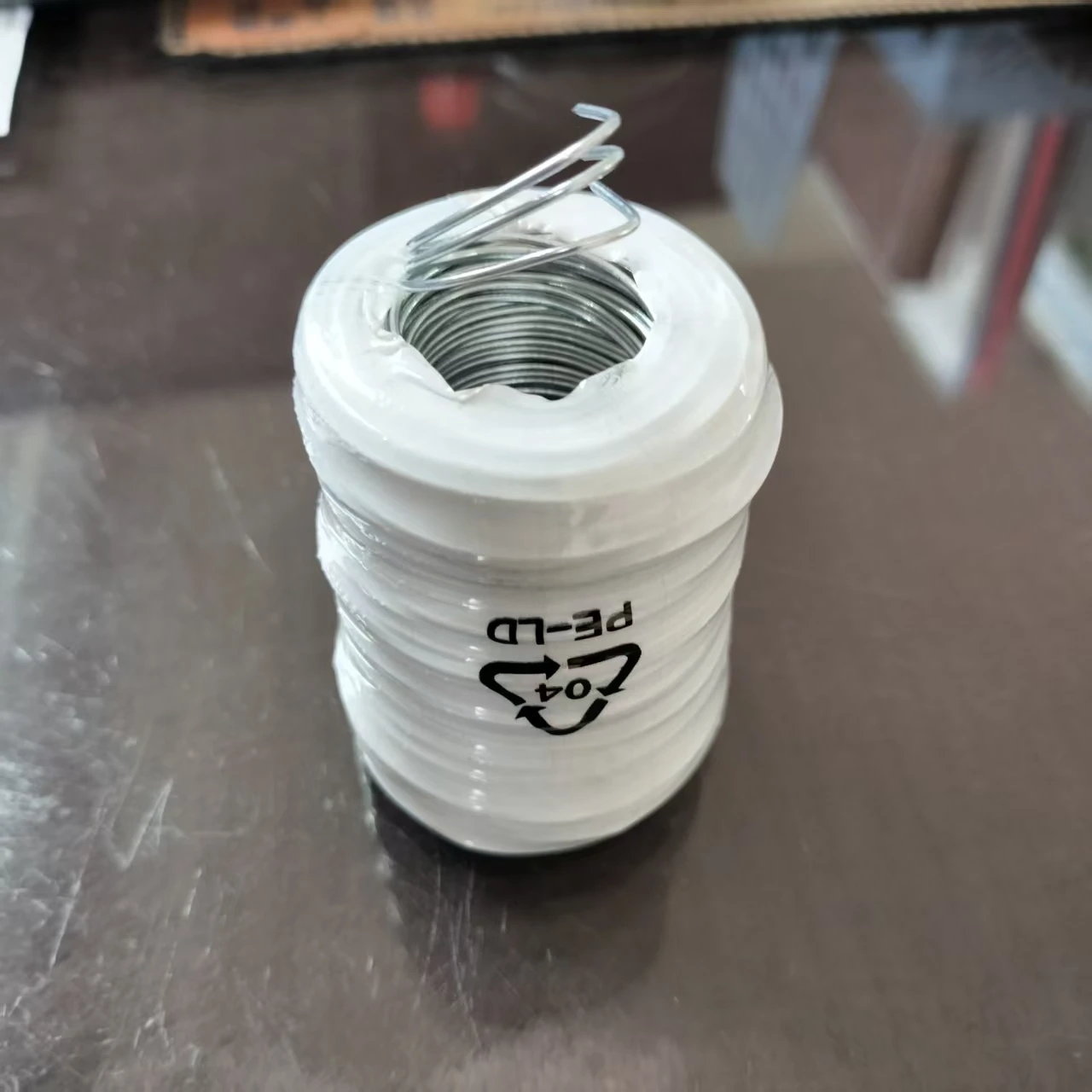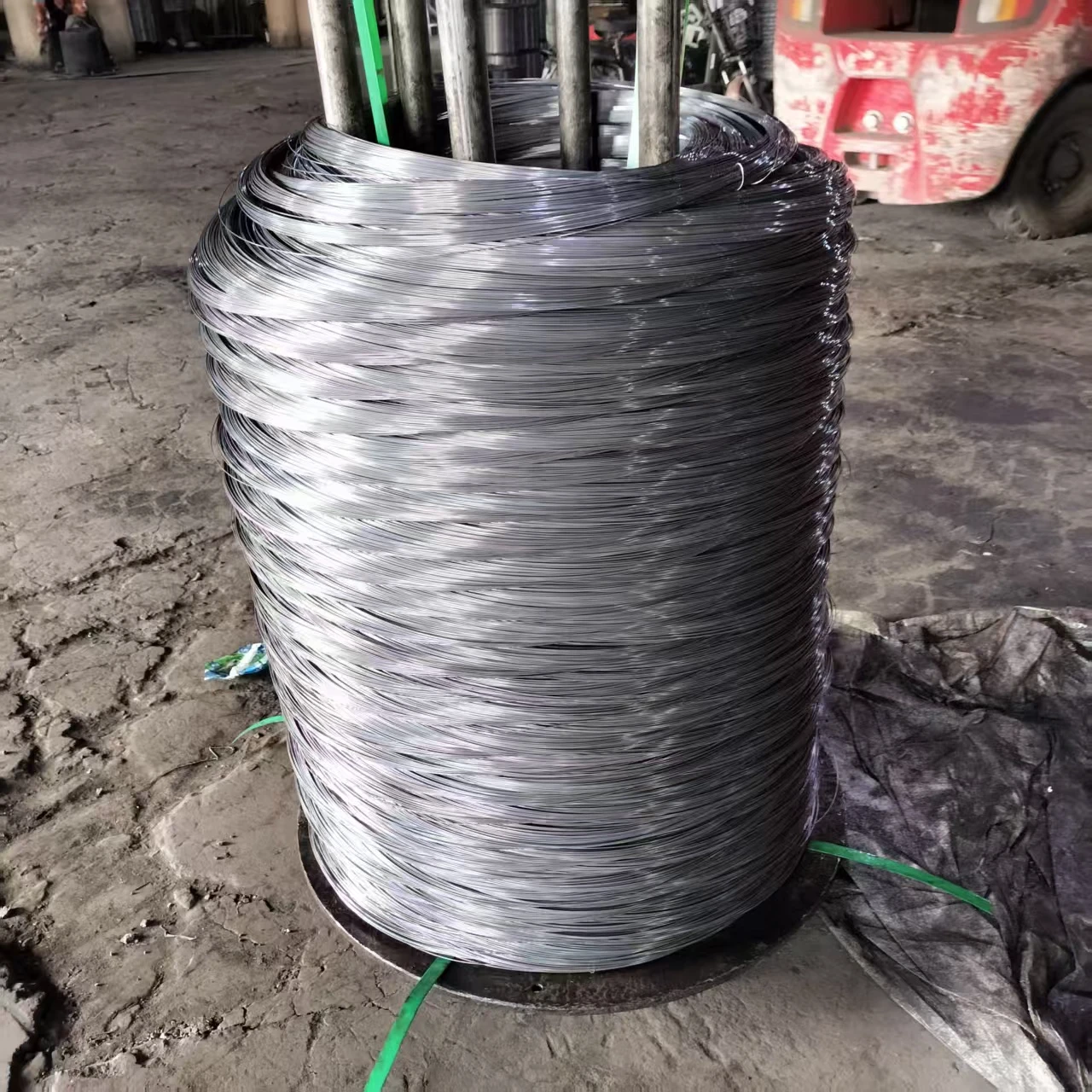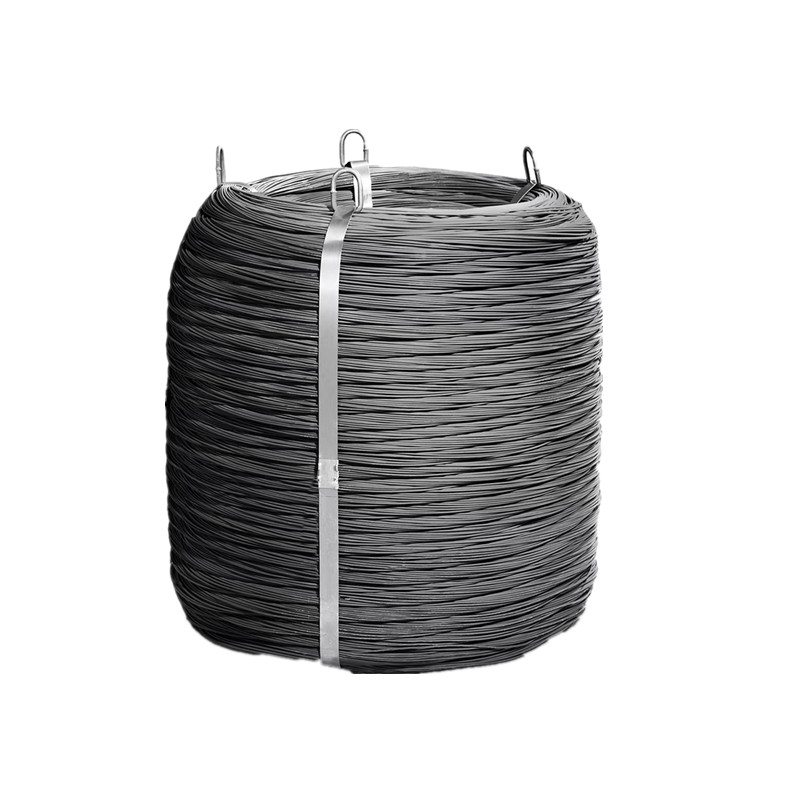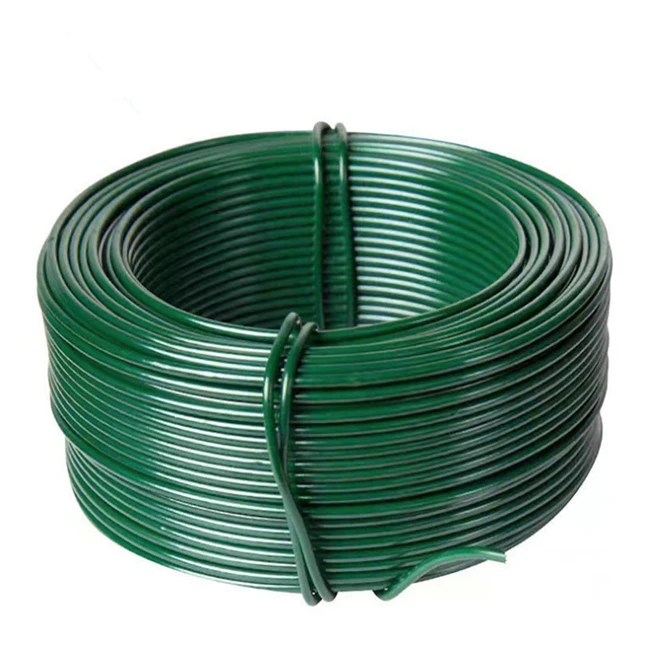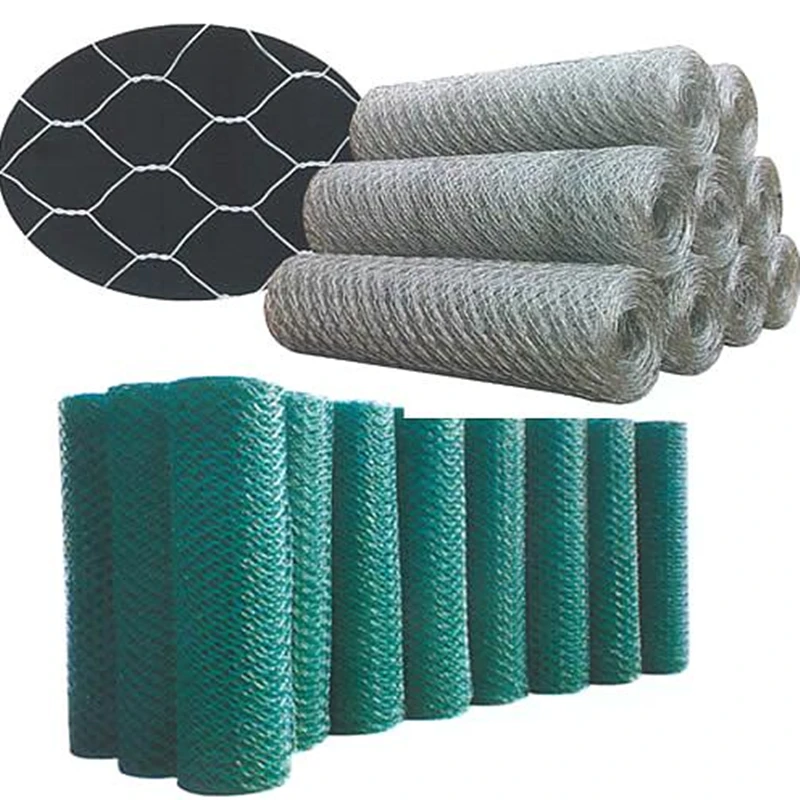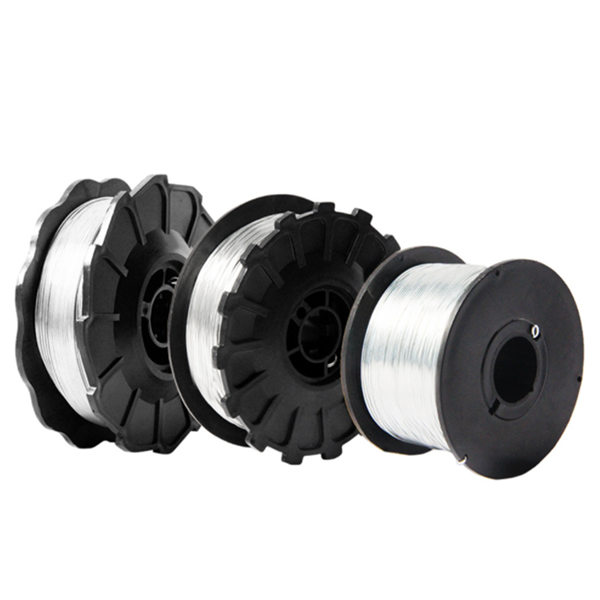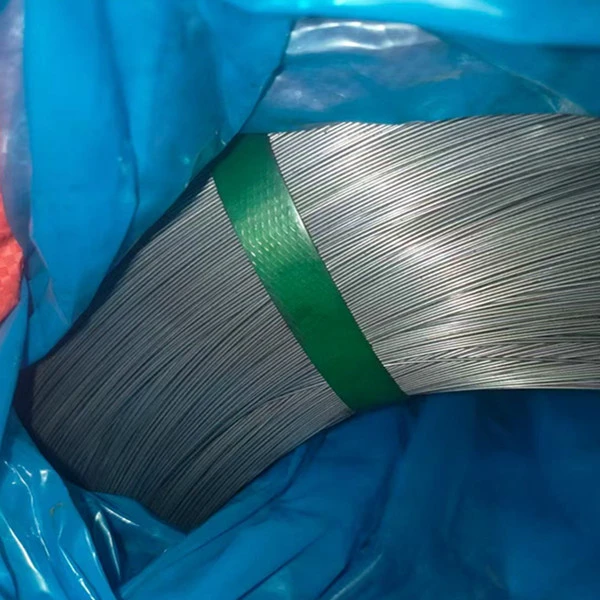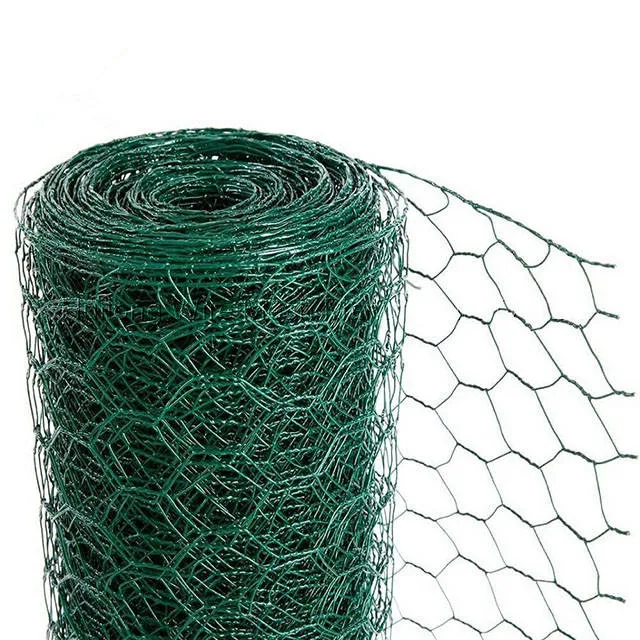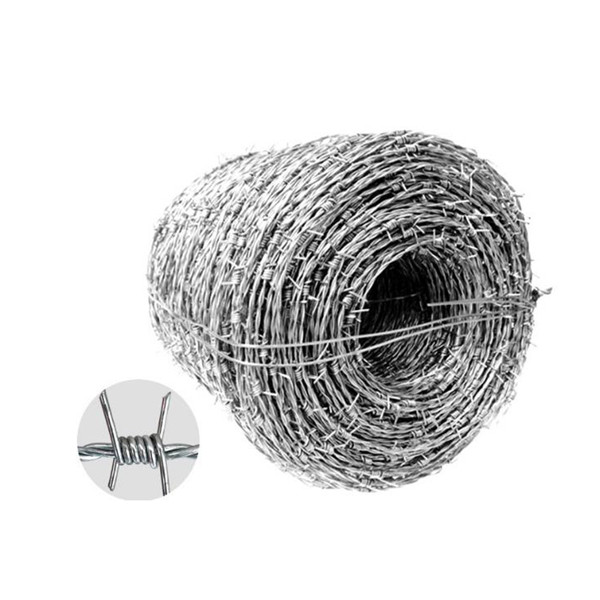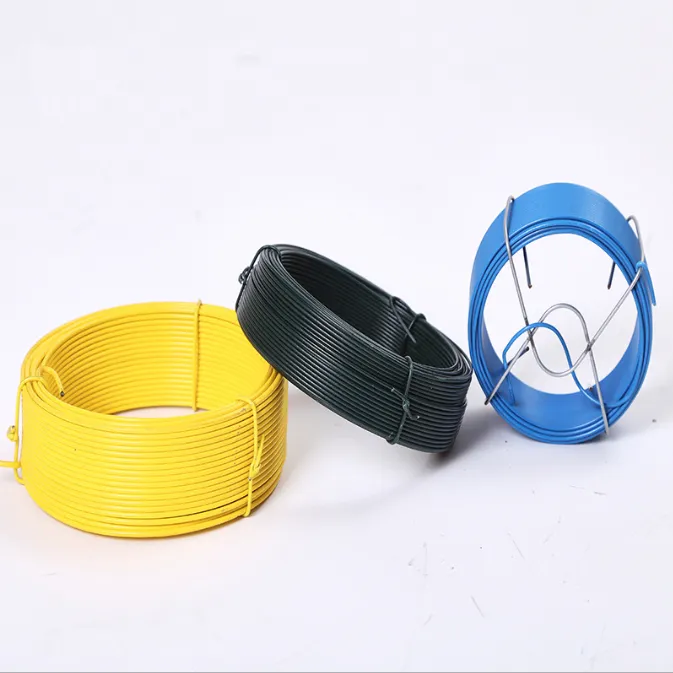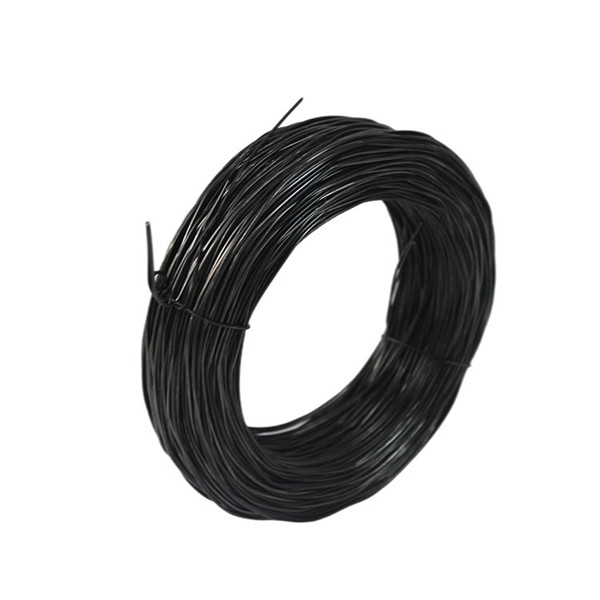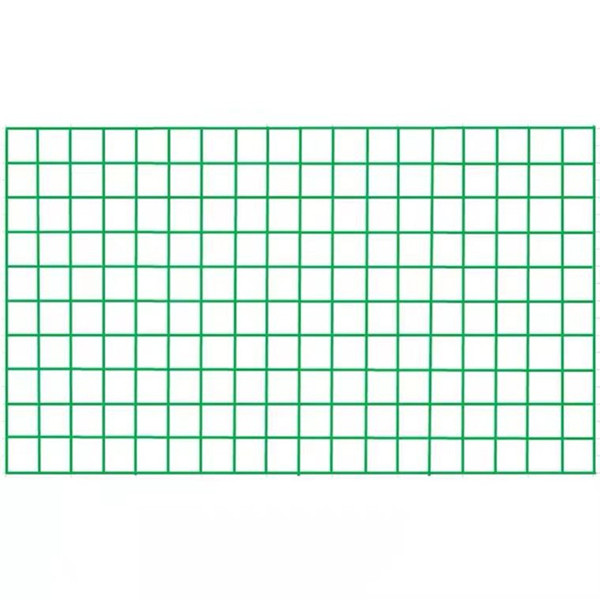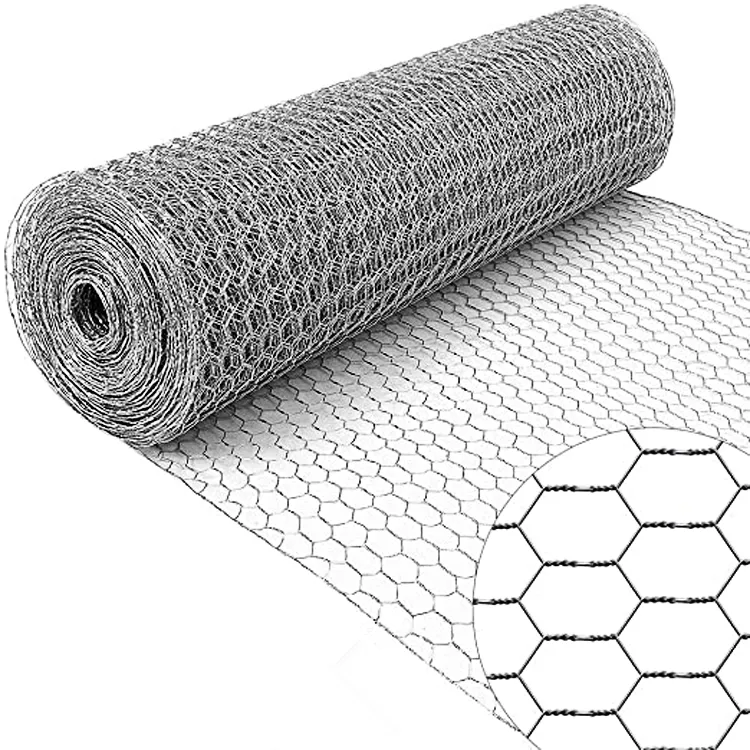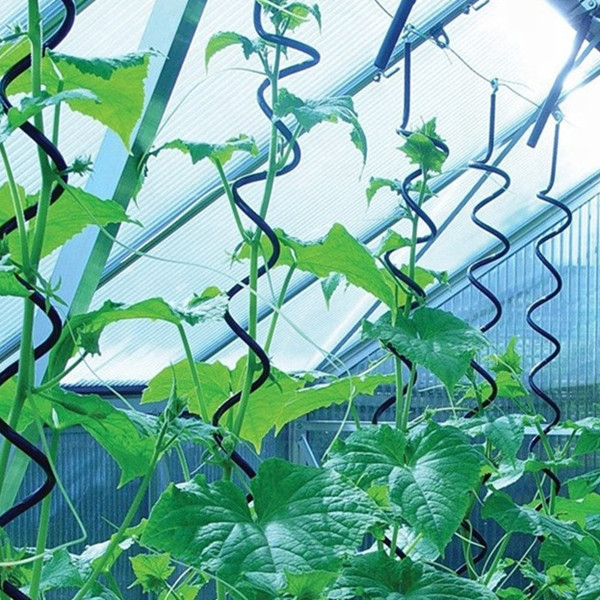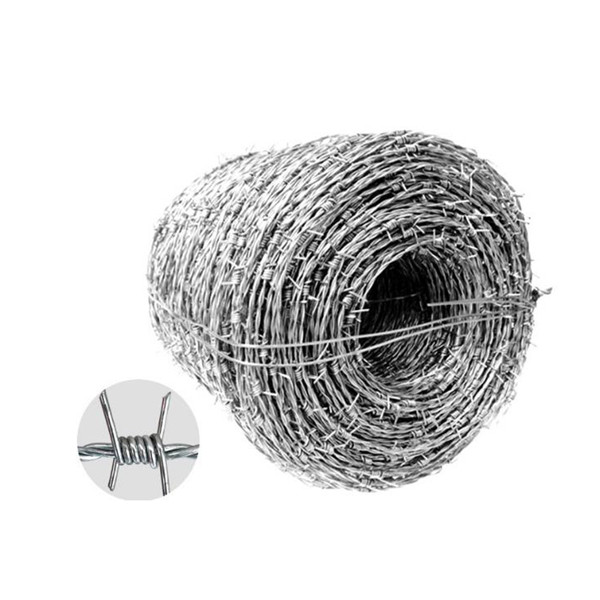When it comes to raising poultry, ensuring their safety and security is of utmost importance. A hog wire fence offers an excellent solution for protecting your feathered friends from predators and keeping them within a designated area. Dingzhou Lanye Metal Products Co., Ltd., a large - scale manufacturing factory established in 2005, specializes in high - quality steel wire and wire mesh products. Comprising a team of young, energetic, and innovative individuals, the company places “product quality” and “corporate reputation” at the forefront. Through continuous innovation and research, while maintaining the quality of their original products, they constantly develop new items, driving the company's continuous progress and providing customers with more reliable services. Hexagonal wire mesh, also known as hexagonal wire netting, is often associated with poultry protection, and when combined with hog wire fence, it creates a robust and effective barrier. Hexagonal chicken wire mesh, commonly referred to as hexagonal netting, poultry netting, or chicken wire, is mainly made of galvanized steel and PVC - coated materials. It features a firm structure, a flat surface, and offers advantages such as great thermal insulation, corrosion resistance, and a service life of over 20 years. Its solid structure, smooth surface, good anti - corrosion and anti - oxidation properties, long service life, and low price make it a popular choice for poultry protection.

The Protective Features of Hog Wire Fence
- Predator Deterrence: One of the primary functions of a hog wire fence is to keep predators out. Its sturdy construction and small mesh size prevent animals like foxes, raccoons, and stray dogs from squeezing through or breaking into the poultry area. The strong wires can withstand the force of potential attacks, ensuring the safety of your chickens, ducks, and other poultry.
- Containment of Poultry: Hog wire fenceeffectively contains poultry within a specific space. The design of the fence prevents birds from wandering off, keeping them in a controlled environment where they can be easily fed, watered, and monitored. This containment also helps in managing the flock and maintaining order within the poultry farm.
Combining Hog Wire Fence with Hexagonal Wire Mesh
- Enhanced Structural Integrity: When hog wire fenceis combined with hexagonal wire mesh, the overall structural integrity of the poultry enclosure is significantly enhanced. The hog wire fence provides the main framework and strength, while the hexagonal wire mesh fills in the gaps, creating a seamless barrier. The hexagonal shape of the mesh distributes the force evenly, making it more resistant to deformation.
- Improved Visibility and Ventilation: Hexagonal wire nettingoffers better visibility compared to some other types of fencing materials. This allows you to easily observe the behavior of your poultry without having to be too close. Additionally, the open structure of the hexagonal wire mesh ensures good ventilation within the enclosure, which is essential for the health and well - being of the birds.

Installation Considerations for Hog Wire Fence
- Preparing the Ground: Before installing a hog wire fence, it’s important to prepare the ground properly. Clear the area of any debris, rocks, or vegetation that could interfere with the installation. Level the ground as much as possible to ensure a stable foundation for the fence posts.
- Securing the Fence Posts: The fence posts are the backbone of the hog wire fence. Use sturdy wooden or metal posts and set them firmly in the ground, ensuring they are at the appropriate height and distance apart. For added stability, you can use concrete to anchor the posts. Once the posts are in place, attach the hog wire fenceand hexagonal wire mesh securely to the posts using wire ties or other suitable fasteners.
Maintenance of Hog Wire Fence and Hexagonal Wire Mesh
- Regular Inspections: Periodically inspect the hog wire fenceand hexagonal wire mesh for any signs of damage, such as broken wires, loose connections, or rust. Early detection of issues allows for prompt repairs, preventing potential safety risks to your poultry.
- Cleaning and Rust Prevention: Keep the fence clean by removing any dirt, debris, or poultry waste that accumulates on it. For galvanized or PVC - coated hexagonal wire nettingand hog wire fence, you can use a mild detergent and water to clean the surface. If you notice any rust on metal components, treat it immediately with a rust - inhibiting paint or spray to extend the lifespan of the fence.
|
Feature/Aspect |
Hog Wire Fence |
Hexagonal Wire Mesh |
Combined Benefits |
|
Protection |
Deters predators, contains poultry |
Offers additional barrier, distributes force |
Stronger defense against threats, better containment |
|
Structure |
Provides main framework |
Enhances integrity, has even force distribution |
More stable and durable enclosure |
|
Visibility/Ventilation |
- |
Good visibility, ensures ventilation |
Allows easy observation, promotes poultry health |
|
Installation |
Requires proper ground prep, secure posts |
Attaches to posts with fence |
Creates a seamless, well - installed barrier |
|
Maintenance |
Regular inspection, rust prevention |
Similar maintenance, cleaning |
Keeps the entire fencing system in good condition |

Hog Wire Fence for Poultry Protection FAQS
How High Should a Hog Wire Fence Be for Poultry?
The height of a hog wire fence for poultry typically depends on the types of birds you have and the potential threats in your area. For most common poultry like chickens and ducks, a fence height of 4 to 6 feet is usually sufficient. However, if you have larger birds or if there are persistent predators that can jump or climb, you may want to consider a taller fence, up to 8 feet.
Can Hexagonal Wire Mesh Be Used Alone for Poultry Protection?
While hexagonal wire mesh has its protective qualities, using it alone may not be as secure as combining it with a hog wire fence. Hexagonal wire netting on its own may not provide enough strength to withstand strong attacks from larger predators or the pressure of a large flock of poultry pushing against it. Combining it with hog wire fence creates a more robust and reliable protection system.
How Often Should I Inspect My Hog Wire Fence?
It’s recommended to inspect your hog wire fence and hexagonal wire mesh at least once a month. However, if you notice any signs of extreme weather, predator activity, or changes in the behavior of your poultry, you should conduct additional inspections. Regular inspections help you catch any potential issues early and ensure the ongoing safety of your poultry.
What Is the Best Way to Repair a Damaged Hog Wire Fence?
If you find a damaged section of your hog wire fence, first, assess the extent of the damage. For small breaks or loose wires, you can use wire cutters to trim any jagged edges and then use new wire or wire ties to reattach and secure the damaged part. For larger sections that are severely damaged, it may be necessary to replace the entire section of the fence. Make sure to match the new wire or mesh with the existing hog wire fence and hexagonal wire netting for a seamless repair.
Where Can I Purchase High - Quality Hog Wire Fence and Hexagonal Wire Mesh?
For high - quality hog wire fence and hexagonal wire netting, visit the official website of Dingzhou Lanye Metal Products Co., Ltd. With their years of experience, dedication to quality, and innovative approach, they offer a wide range of reliable wire mesh products. Explore their product catalog, learn about the different specifications, and find the perfect fencing solutions to protect your poultry and enhance your farm.
Ready to give your poultry the ultimate protection? Head over to the https://www.lanyewiremesh.com/ of Dingzhou Lanye Metal Products Co., Ltd. and discover our top - notch hog wire fence and hexagonal wire mesh products. Secure your poultry farm today and enjoy peace of mind knowing your birds are safe and sound!





